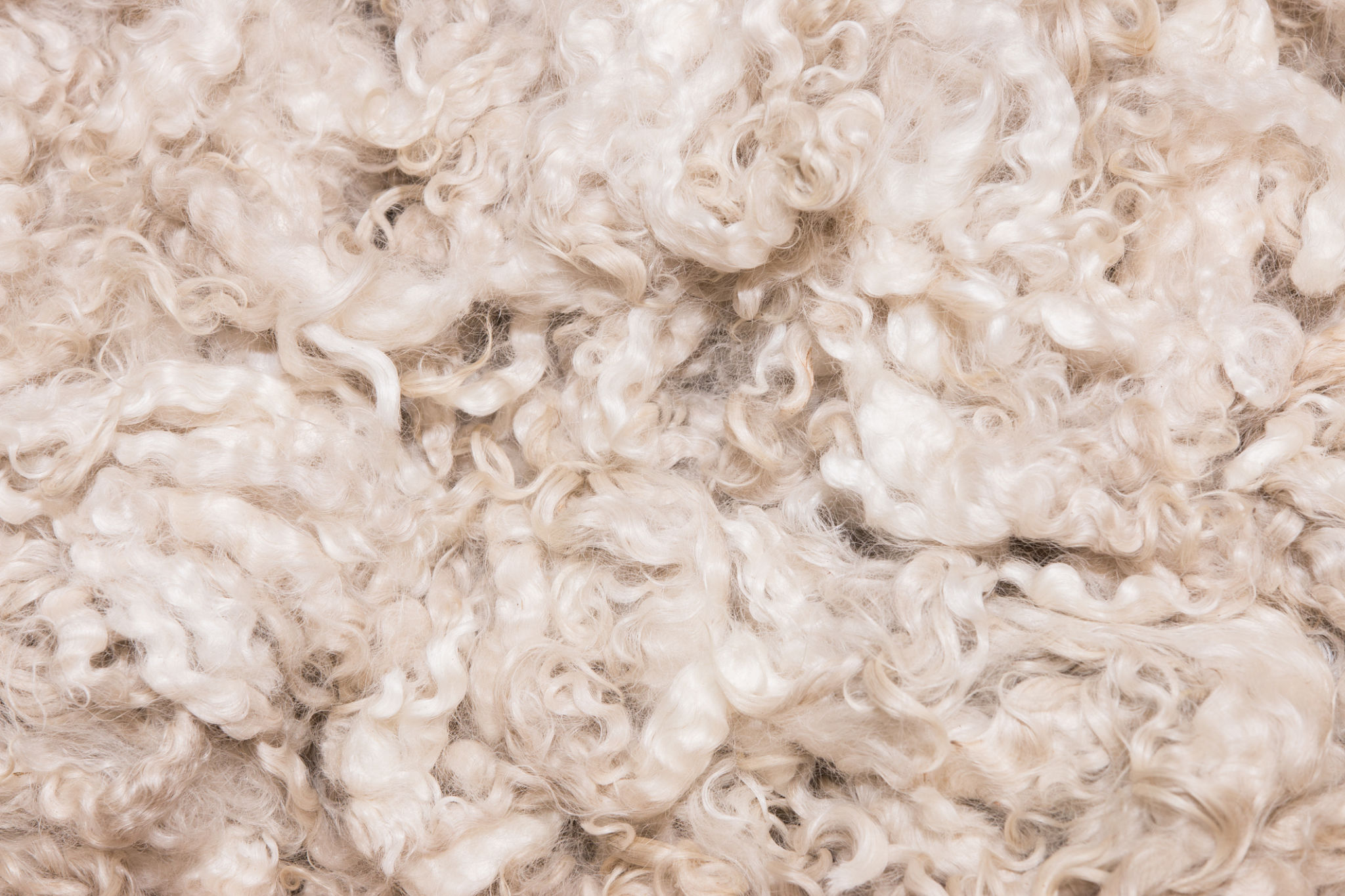How to Spin Fiber: A Step-by-Step Tutorial for Beginners
Spinning fiber into yarn is a rewarding craft that connects us to centuries of textile traditions. Whether you're drawn to the soothing rhythm of the spinning wheel or the portability of a drop spindle, learning to spin your own yarn is a journey worth embarking on. This tutorial will guide you through the basics, setting you up for success as you begin your spinning adventure.
Understanding Your Tools
Before diving into the spinning process, it's essential to familiarize yourself with the tools of the trade. The two most common tools for beginners are the drop spindle and the spinning wheel. Each has its own advantages and characteristics.
Drop Spindle
A drop spindle is a simple, portable tool perfect for beginners. It consists of a shaft with a weight at the bottom. The weight, or whorl, helps maintain momentum as you spin. Drop spindles are affordable and allow you to spin anywhere.
Spinning Wheel
The spinning wheel offers speed and efficiency, making it ideal for producing larger quantities of yarn. It requires more space and a higher initial investment, but many spinners find it a worthwhile upgrade as their skills develop.

Selecting Fiber for Spinning
The type of fiber you choose can greatly affect your spinning experience. As a beginner, it's recommended to start with wool, as its natural crimp gives it elasticity and makes it easier to spin.
Types of Wool
There are various breeds of sheep, each producing wool with different properties. Merino wool is soft and fine, suitable for delicate projects, while Corriedale wool is more robust and easier to handle for beginners.
- Merino: Soft and fine, ideal for delicate garments.
- Corriedale: Medium-fine and easy to spin, great for practice.
- Romney: Coarser but durable, perfect for outerwear.

The Spinning Process
Once you're equipped with your tools and fiber, it's time to start spinning. Begin by preparing your fiber, which involves separating it into manageable sections called roving or top. Drafting is the next step, where you gently pull the fibers apart to create an even thickness.
Drafting and Twisting
With your fiber prepared, start spinning by attaching it to your spindle or wheel. Draft the fibers with one hand while turning your tool with the other to add twist. This twist is what holds your yarn together.
- Attaching the Fiber: Securely attach your fiber to the spindle or wheel leader.
- Drafting: Gently pull fibers to the desired thickness.
- Twisting: Turn the spindle or wheel to add twist to the drafted fibers.

Finishing Your Yarn
Once you've spun a length of yarn, it's time to set the twist. This involves winding the yarn onto a niddy noddy or around your hand and arm, then soaking it in warm water. The water helps relax the fibers and set the twist permanently.
Washing and Drying
After soaking your yarn, gently squeeze out excess water without wringing it. Hang it to dry, weighted if necessary, to prevent curling. This step ensures your yarn is balanced and ready for use in knitting or weaving projects.
With practice and patience, you'll soon be creating beautiful handspun yarns that add a personal touch to your textile projects. Happy spinning!